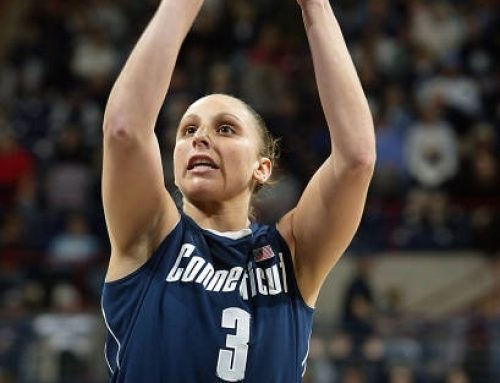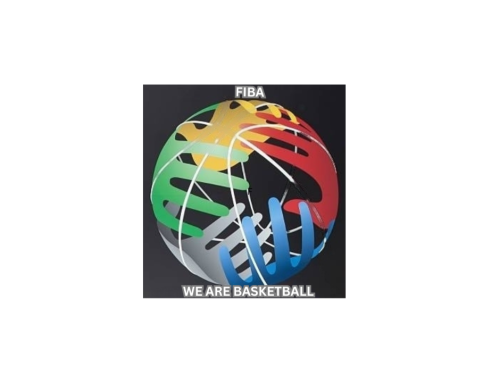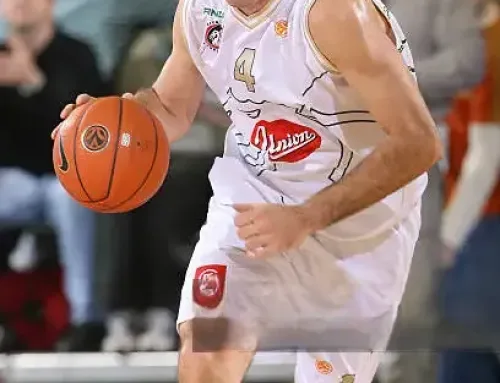
Seeking a fortune – could this be why Brittney Griner was in Russia? The Gender Pay Gap Crisis
Gender pay Gap is the difference in wages between men and women around the world. The gender pay gap can be found across all industries and is often due to a number of factors including job titles, hours worked, experience and location. The gender pay Gap in sports, and in basketball specifically, has been a hotly debated topic in recent years. While progress has been made in increasing opportunities and recognition for women in sports, they pay discrepancy between male and female athletes remains a significant issue.
In professional basketball, the pay Gap is glaringly apparent. The average salary for a male National Basketball Association (NBA) is approximately $7.7 million, while the average salary for a female women National Basketball Association (WNBA) player is around $71,635. This disparity is largely due to the difference in revenue generated by the two leagues. The NBA generates much more revenue from television contracts, merchandise sales, and ticket sales, allowing them to pay their players higher salaries.
However, the pay gap extends beyond just the difference in which revenues. Women in the WNBA often face challenges in securing endorsement deals and sponsorships, further perpetuating the pay discrepancy. Male NBA players, on the other hand, frequently have endorsement deals with major brands, which significantly increases their overall earnings. Similarly, the gender pay gap between male and female basketball players is an ongoing issue in Australia, as it is in many other countries around the globe.
In Australia, the National Basketball League ( NBL ) and Women’s National Basketball League ( WNBL ) provide a clear example of the disparity between the earnings of male and female athletes. In the NBL, the average salary for a player is reported to be around $80,000 to $100,000 per season while in the WNBL the average salary is much lower at approximately $30,000 per season. This disparity is due in part to the difference in revenue generated by the two leagues, as the NBL attracts more funds and generates more income from television contracts and sponsorship deals.
In 2016, the Australian women’s Basketball League found that the average female basketball player was paid around 70% of the average male basketball players salary. This Gap existed even when controlling for experience and hours worked. The minimum hourly rate for a woman was $22.63 while the male minimum hourly rate was $27.44. furthermore the median hourly rate for a woman was $27.57 while the male median only rate was $32.86. The gender pay gap has been decreasing in Australia over the years, as shown by the ABS 2016 report, which indicates that the gender pay Gap had decreased by 3.9% between 2005 to 2016. This decrease may be attributed to the growth of female basketball players in the Australian basketball industry, as well as the fact that women are traditionally allocated lower paid positions within many industries. Data from the Australian bureau of statistics shows that men are earning an average of $263.90 more than women are weak which is 14.1% of 100% more. While recognition of women’s sport has risen considerably in recent years, this hasn’t translated into more women in power in the sport industry.
This has also resulted into many female players wanting to have to balance their basketball careers with other jobs, as their earnings from playing basketball are not enough to support them full-time. This not only affects their own potential, but also their ability to train and compete at the highest level. The gender pay Gap in basketball is a reflection of larger societal issues and the ongoing struggle for gender equality. Women in all industries face disparities, and sports is no exception. However, the sports industry has the unique opportunity to lead by example and work towards closing the gender pay Gap.
One way this can be done is by increasing investment in women’s sports leagues. This could include providing more resources for teams, improving marketing and promotion, and securing more lucrative television contracts. By increasing the visibility and popularity of women’s sports, the revenue generated by this leagues will grow call ma allowing for higher salaries for female athletes. Another solution could be to increase the number of female decision makers in the sports industry. Women make up a small percentage of senior leadership positions in sports organisations, and having more women in this positions can help to address the pay Gap from the inside.
In conclusion, the gender pay gap between men and women in basketball is a complex issue with roots in larger societal issues. However, by increasing investment in women and increasing the network error representation of women in decision making positions, the sports industry has the power to help close the gap and set an example for other industries to follow. It is crucial that action is taken to address this issue, not just for the benefit of female basketball players, but for all women in the workforce for face paint disparities. By walking towards equality in sports, we can help create a more equitable work for everyone.



